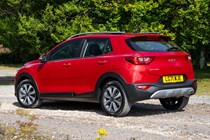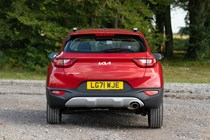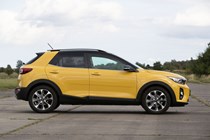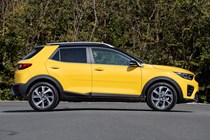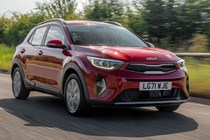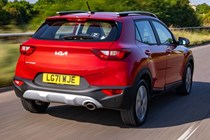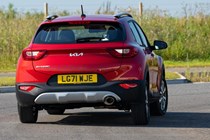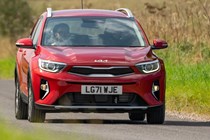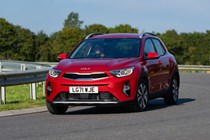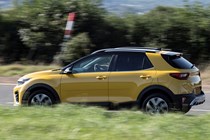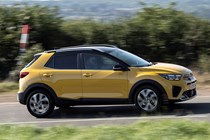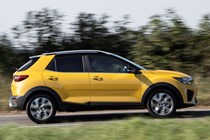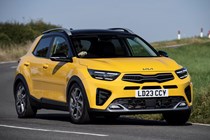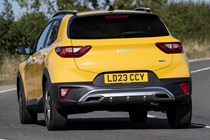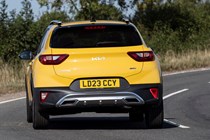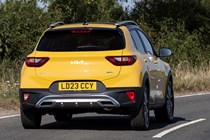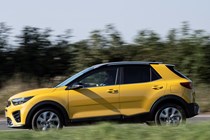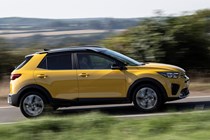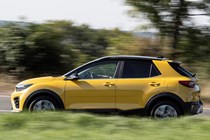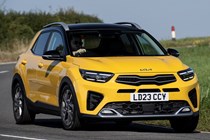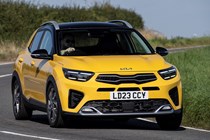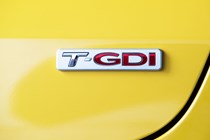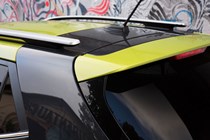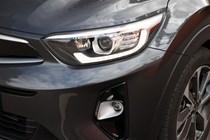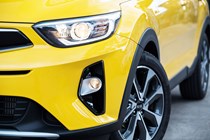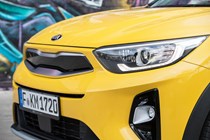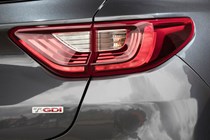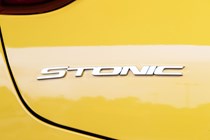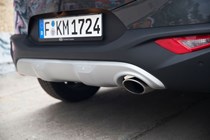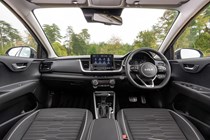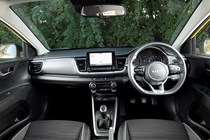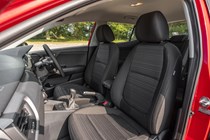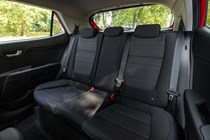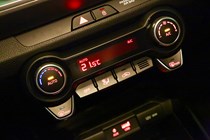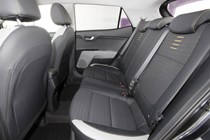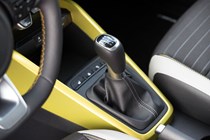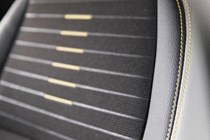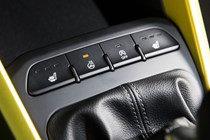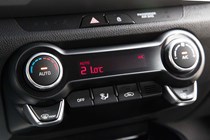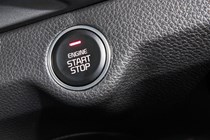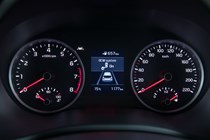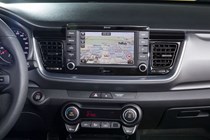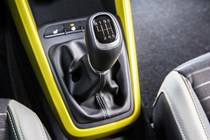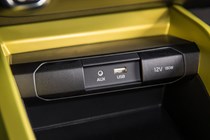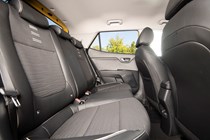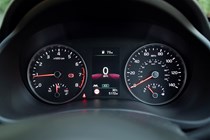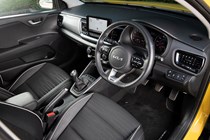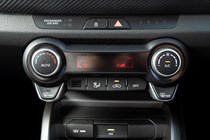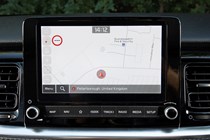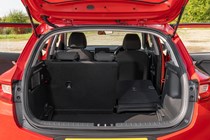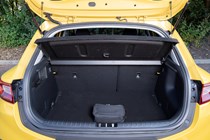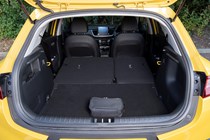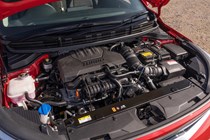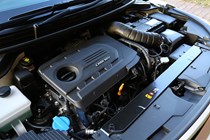Kia Stonic running costs and reliability
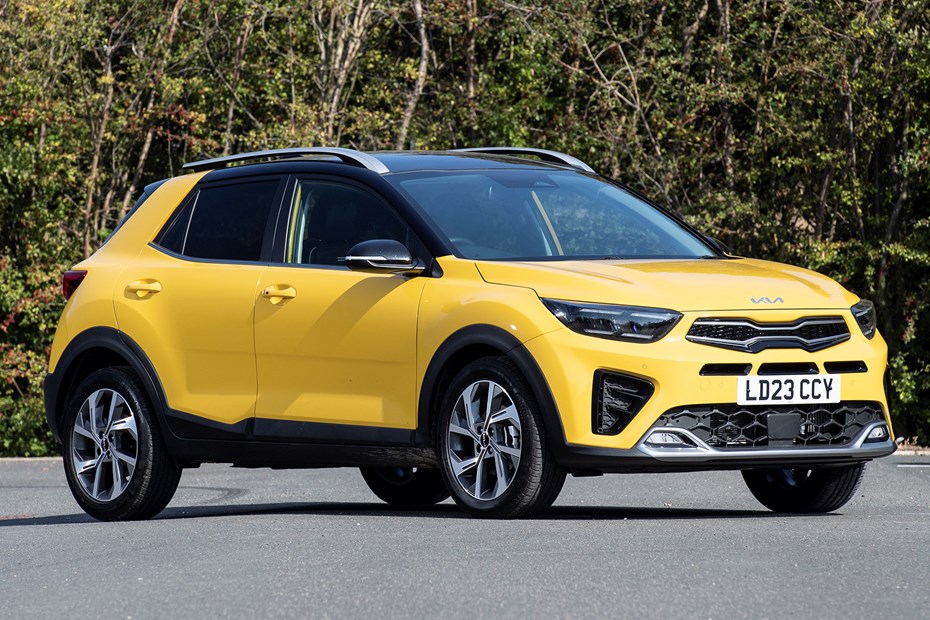
Miles per pound (mpp) ⓘ
| Petrol engines | 6.6 - 8.1 mpp |
|---|---|
| Diesel engines | 7.2 mpp |
Fuel economy ⓘ
| Petrol engines | 44.8 - 55.4 mpg |
|---|---|
| Diesel engines | 56.5 mpg |
- Stonic shouldn’t cost the earth to run
- Low CO2 emissions and reasonable fuel economy
- Kia’s finance deals aren’t always competitive, though
What are the running costs?
There are only two engines and they’re very similar to each other – neither do you don’t actually get a choice, as they’re linked to the spec levels. So if you opt for an entry-level car, you get a 1.0-litre turbocharged engine, and the three other trim levels have the same engine but with mild hybrid assistance to improve performance without sacrificing too much economy.
That means that if you buy a car in ‘2’ trim, the official WLTP fuel economy is 51.4mpg – whether you have a manual or an automatic gearbox.
Opt for the mild-hybrid engine in any of the other three trims and fuel economy is 50.4mpg for manual cars or 49.6mpg for the automatic. You might be surprised that the mild hybrid trickery doesn’t actually improve economy, but it remains pretty consistent with the standard engine despite having around 20% more power.
Our experience with the manual Stonic is that it’s fairly short geared – that makes for good responsiveness around town but does hurt fuel economy on long runs as the engine’s spinning faster than it could be. For that reason, the seven-speed DCT automatic is a better bet for those who regularly undertake motorway journeys.
CO2 emissions, meanwhile, are a low but not exceptional 125g/km for the standard turbo petrol, 127g/km for the manual mild hybrid and 129g/km for the automatic mild hybrid.
Servicing and warranty
Kia’s warranty is one of the best in the business, offering seven years or 100,000 miles of cover. That’s beaten only by Toyota with its up to 10-year ‘Relax’ warranty.
Servicing can be pre-paid for at purchase, either as a three-year or five-year plan for a reasonable sum. Kia dealers won’t charge the earth for routine maintenance, either.
Reliability
- Kia offers excellent warranty
- Stonic should prove reliable
- No recalls or pervasive known faults
Kia’s clearly very confident in the quality of the Stonic, as it offers it with the same seven-year, 100,000 mile warranty cover as all the rest of its cars. And so far, that doesn’t seem misplaced.
The Stonic hasn’t had any recalls either, and Kia as a manufacturer is a pretty safe bet in terms of reliability.
Ongoing running costs
| Road tax | £190 |
|---|---|
| Insurance group | 8 - 14 |
Get an insurance quote with

|
|



